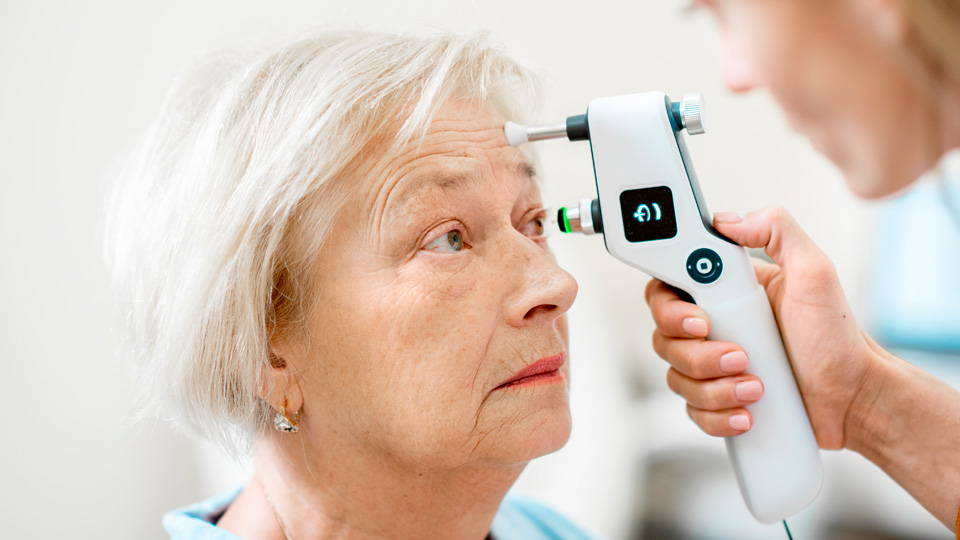All about the skin around the eyes and “drooping” eyelids
04/04/2025

21/04/2021
Tonometry is a diagnostic test that measures the intraocular pressure (IOP) of our eyes. The IOP is the result of the force that the liquids inside the eyeball, particularly the aqueous fluid, exercise on the walls and the rest of the eye’s internal structures. If more aqueous humour is generated than is removed, through either excess production or removal difficulties, it would cause an increase in the IOP and, therefore, a risk of damage.
The most commonly used measurement technique is the Goldmann Applanation Tonometry, which involves measuring the resistance shown by the cornea when it is flattened. This technique helps us to obtain the intraocular pressure values, normal values being between 10 and 21mm Hg. The values can vary depending on the time of the day it is taken and the cornea thickness. If the pressure remains high continually or becomes high suddenly, it may cause damage to the optic nerve and therefore changes to the visual field. This would be one of the main factors in the appearance of glaucoma.